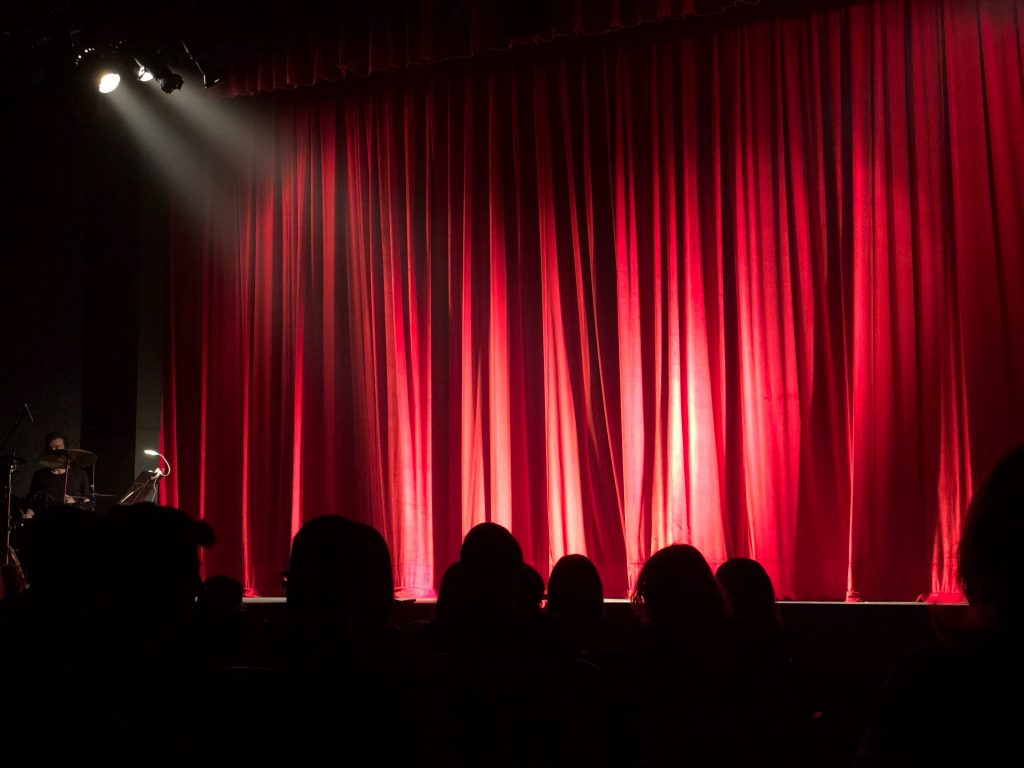In Peter Brooks’ seminal work The Empty Space, he says – ‘I can take any empty space and call it a bare stage. A man walks across this empty space whilst someone else is watching him, and this is all that is needed for an act of theatre to be engaged.’ No one understands this better than theatre makers in Mumbai.
The first play I directed was made in the living room of a friend’s 2BHK. This was a sprawling flat given Mumbai real estate. The play opened at the Prithvi Summertime Festival in 2012. The next was made in my then boyfriend’s living room – a snug 2BHK he shared with two other roommates. Everyone in that household were performers and their three cats were seasoned audience members, so they witnessed the making of at least 4 plays in that L-shaped living room. I have also made plays in a 1BHK, and in a studio apartment which had only a living room and a kitchen-cum-bedroom where I lived with my now husband and 3 cats.
Theatre rehearsals and workshops often begin with people walking around the space. ‘Fill the space’ we are told. “Try to occupy all empty spaces”, “Avoid walking in circles.’ Mumbai Theatrewalas often have no choice but to walk circles because we are in tiny rooms with little empty space!
During the pandemic, artists around the world experimented with making theatre in their homes, aligned themselves to the eye of the camera and did what they did best…addressed an audience. There was a lot of brouhaha about how living spaces were now theatre spaces.
But this has always been the case for us Mumbai theatrewalas.
From reading plays in living rooms, to eventually moving the furniture aside to rehearse; using production storage trunks as coffee tables; hosting workshops and of course, making digital plays during the pandemic… Home has always doubled up as theatre making space, pandemic or not. Because in the city of gold, rent is unaffordable, for life at large and most certainly for the love of theatre.
I was once directing a play that involved the performer using woollen threads, which my cats found rather entertaining of course. They would consistently interrupt rehearsals, attacking those seemingly irresistible strings. Eventually we were left with a large number of shredded strands. If we could not afford a rehearsal space, we could not afford to waste production material and we were compelled to devise a moment in the play for these woollen remains. So, these living spaces affected the shape of the play itself.
And then the reverse. The play insinuates itself into the home.
I have never owned a coffee table… always a peti (trunk) from some play lived in the centre of our living room pretending to be a coffee table.
Because that’s how we do it in the theatre – things are what you believe them to be!
Most of my theatre friends will tell you that we live with suitcases full of costumes or props or objects from plays that they have made or ones that friends have made. Regular people have timeshares for vacation homes or yachts, theatrewalas timeshare space production elements. If you’re struggling to afford rehearsal space, storage space for sets and things is out of the question.
—
Have you seen people in the Mumbai locals read the newspaper? Commuters fold the newspaper into columns because they cannot fully open it without elbowing someone in the eye, or worse! It’s a little bit like that with making plays in this city, you learn to fold your imagination.
And speaking of trains, the Mumbai metro has not-so-recently got an upgrade. There is now a line that runs from the northern part of the city to Andheri which is quite the hub for theatre with Aram Nagar at its heart and Prithvi Theatre in the next suburb in Juhu. The first time I took the metro, I found the city stretching in my mind. You don’t often get to see tree cover and you definitely don’t often get to inhabit public transport spaces where you can swing your arms! As I was marvelling at how large the metro stations were, built on top narrow roads…I found a large open space that had nothing in it, not even a potted plant! I stood there for a little bit and looked at how much natural light it had and I thought to myself – Oh that would make a great rehearsal space!
As a theatre maker, I suppose you always look at space with a certain lens. You think of where an audience can be seated, you wonder where entries can happen from, you check for light sources, you say something to see how sound reverberates in the space and you imagine the play you would put up in that space. In my metro station nook, I would show Endgame by Samuel Beckett for its obvious resonance with this city’s environment.
CLOV: There’s no more nature.
HAMM: No more nature! You exaggerate.
CLOV: In the vicinity.
—
Over the last decade there has been a sharp turn towards using alternate / non-traditional theatre spaces to perform and make plays in. Aram Nagar in Andheri has become a bastion of such small spaces that are basically living rooms converted into black boxes. For a city so acutely starved of spaces to make theatre in, we make a lot of theatre!
But this is Mumbai, at once synonymous with the entertainment and culture industry and skyrocketing real estate prices. So, we make smaller plays, for smaller houses, in smaller spaces. And we dream of one day owning an actual coffee table. Like lovers perched on the seaside rocks who yearn for a little space of their own…
If you are creative – or land-laden! – in this city and you have space to offer, there will be takers. For readings, rehearsing or simply gathering… Reach out to a theatrewala near you, hold space for them, some actual space for those ideas brewing inside them! Because while many ideas don’t take too much space, like lovers perched on seaside rocks, they all strain for – and need – space to breathe, to grow, to reach their happily ever afters.








